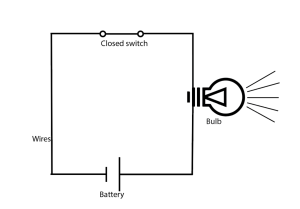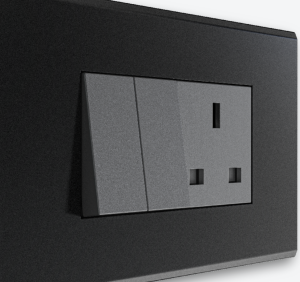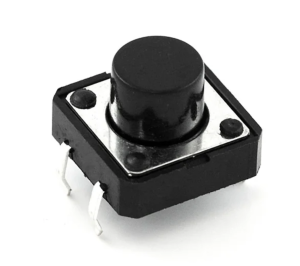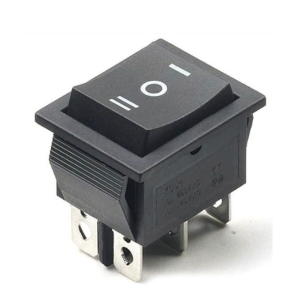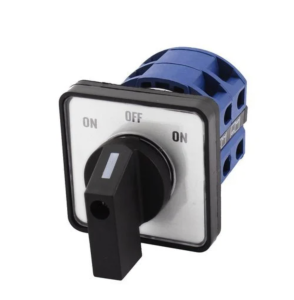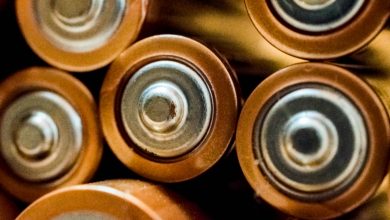Basic Understanding of Electric Switches
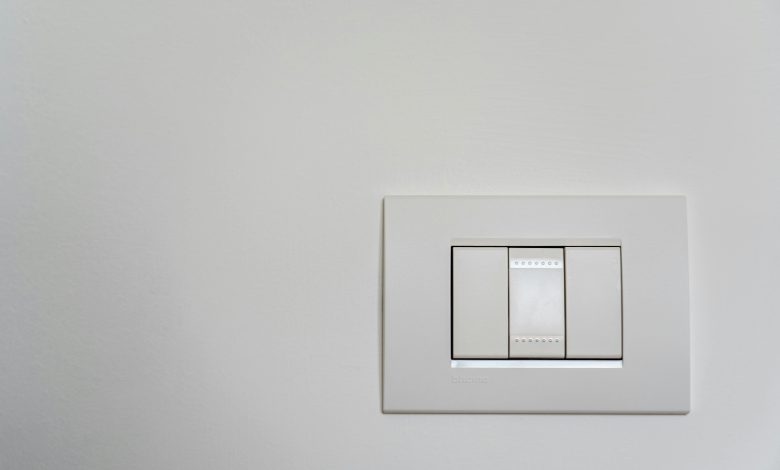
Electric switches are ubiquitous components in our modern world, playing a crucial role in controlling the flow of electricity in countless devices and systems.
From the simple light switch in your home to complex industrial control panels, these devices are fundamental to the safe and efficient use of electrical power.
The History of Electrical Switch
The concept of switching electrical currents dates back to the early days of electricity. In 1884, John Henry Holmes patented the quick-break switch, which became the precursor to modern light switches.
This innovation allowed for the safe interruption of electrical currents, paving the way for widespread electrical adoption in homes and businesses.
How Electric Switches Work
At its core, an electric switch is a device that interrupts or diverts the flow of electric current in a circuit.
The basic principle involves two conductive pieces that can be brought into contact (closing the circuit) or separated (opening the circuit).
This simple mechanism allows users to control when and how electricity flows through a system.
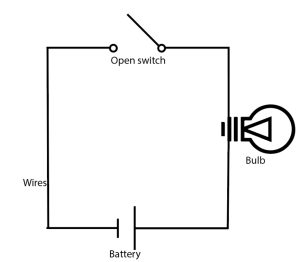
The circuit is incomplete and the electricity does not flow when the switch is in the open position
The circuit gets completed and the electricity starts flowing when the switch is in a closed or on position.
The Key Components of a switch:
Types of Electric Switches
Electric switches come in a wide variety of types, each designed for specific applications and user needs. Some of the commonly used switches are:
1. Toggle Switches:
2. Push-Button Switches:
3. Rocker Switches:
4. Selector Switches:

